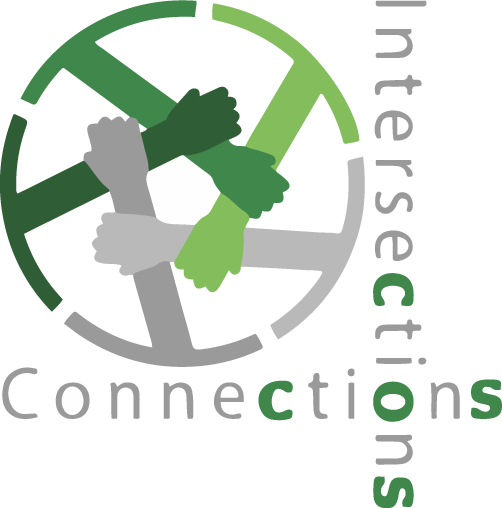Critical Content Analysis of Award-Winning Picturebooks: The Potential for Translanguaging Pedagogy
Abstract
In this study, we use critical content analysis to examine 20 award-winning picturebooks from the perspective of language teaching. Within the last decade, trade book publishers have begun to heed the call for children’s literature to reflect the cultural diversity of our population and provide more authentic representations of the children who read these books. Specifically, picturebooks have begun to reflect recent demands for linguistic and cultural diversity. While previous changes have focused primarily on illustrations, plot, and setting to reflect cultural diversity, recent works have embraced a linguistic hybridity that reflects authentic language use in multilingual communities.
In particular, we use the concept of translanguaging (Williams, 1994; Garcia, 2009), in which bilingual individuals and communities engage in fluid and dynamic language practices, to examine the potential of these picturebooks as teaching tools. The field of language teaching has recently evolved to include pedagogical approaches that embrace an understanding of translanguaging (Garcia, Johnson, & Seltzer, 2017). We ask, “In what ways might picturebooks support a translanguaging pedagogy for multilingual learners?”
Start Date
27-3-2019 11:00 AM
End Date
27-3-2019 11:50 AM
Room Number
U-Hall 3-089
Presentation Type
Workshop
Disciplines
Bilingual, Multilingual, and Multicultural Education | Language and Literacy Education
Critical Content Analysis of Award-Winning Picturebooks: The Potential for Translanguaging Pedagogy
In this study, we use critical content analysis to examine 20 award-winning picturebooks from the perspective of language teaching. Within the last decade, trade book publishers have begun to heed the call for children’s literature to reflect the cultural diversity of our population and provide more authentic representations of the children who read these books. Specifically, picturebooks have begun to reflect recent demands for linguistic and cultural diversity. While previous changes have focused primarily on illustrations, plot, and setting to reflect cultural diversity, recent works have embraced a linguistic hybridity that reflects authentic language use in multilingual communities.
In particular, we use the concept of translanguaging (Williams, 1994; Garcia, 2009), in which bilingual individuals and communities engage in fluid and dynamic language practices, to examine the potential of these picturebooks as teaching tools. The field of language teaching has recently evolved to include pedagogical approaches that embrace an understanding of translanguaging (Garcia, Johnson, & Seltzer, 2017). We ask, “In what ways might picturebooks support a translanguaging pedagogy for multilingual learners?”



